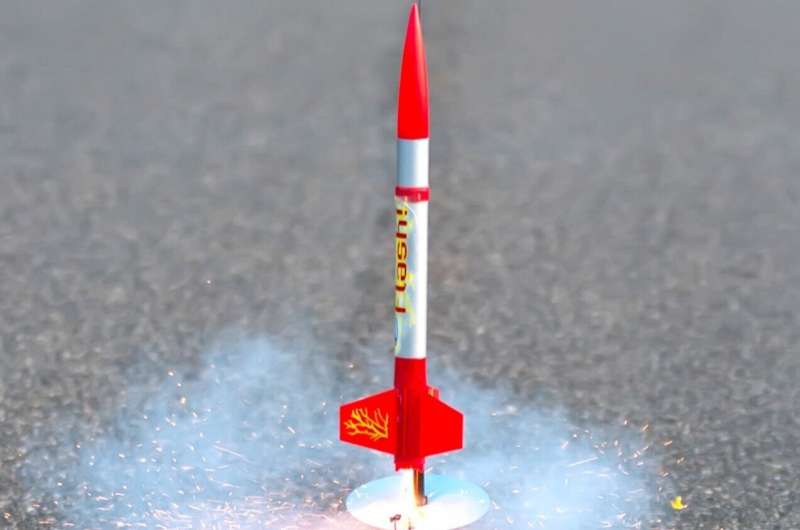
Imagine you're driving to work on a rainy day, when a distracted, reckless driver hits your car out of nowhere. With a "boom," an air bag deploys faster than you can blink your eyes to save your life.
That air bag deployed rapidly thanks to an energetic material called sodium azide, which generates nitrogen gas during a chemical reaction to inflate your airbag. But what's an energetic material?
Energetic materials include propellants, pyrotechnics, fuels and explosives, and they're used in all sorts of settings.
Uses of energetic materials include flares, matches, solid rocket boosters, gun propellants, hot thermite welding used to fuse materials together, fireworks and the explosive special effects in your favorite action movie.
Energetic materials come in many shapes and sizes, but they're often in a solid form and release a lot of energy through burning or exploding, depending on their shape and the conditions they're operating in.
I'm a mechanical engineering professor who studies energetic materials. Making energetic materials isn't easy, but developments in 3D printing could make customization easier, while allowing for more potential scientific applications.
The role of geometry
How energetic materials are made affects the shapes that they come in and how they release energy over time. For example, solid rocket propellants are made similar to a cake where a stand mixer stirs the "batter," which is mostly made of ammonium perchlorate, aluminum and a rubbery binder, before it's poured into a pan. The "cake" solidifies in the pan while it bakes in the oven.
Typically, rocket propellants have a cylindrical shape, but with a rod in the center. The rod often has a specific cross-sectional shape, like a circle or a star. When the propellant solidifies, the rod is removed, leaving the core shape behind.
The core shape affects how the propellant burns, which can affect the thrust of the motor it's used in. Just by changing the central shape of the propellant, you can make a motor accelerate, slow down or maintain its speed over time.
But this traditional "cake baking" process limits the shapes that you can make. You must be able to remove the rod after the propellant solidifies, so if the rod's shape is too complex, you might break the propellant, which could make it burn erratically.
Designing propellant shapes that make rockets go faster or fly farther is an active area of research, but engineers need new manufacturing methods to create these increasingly complex designs.
This article is republished from The Conversation under a Creative Commons license. Read the original article.![]()
Citation: 3D printing promises more efficient ways to make custom explosives and rocket propellants (2024, February 21) retrieved 21 February 2024 from https://techxplore.com/news/2024-02-3d-efficient-ways-custom-explosives.html
This document is subject to copyright. Apart from any fair dealing for the purpose of private study or research, no part may be reproduced without the written permission. The content is provided for information purposes only.
